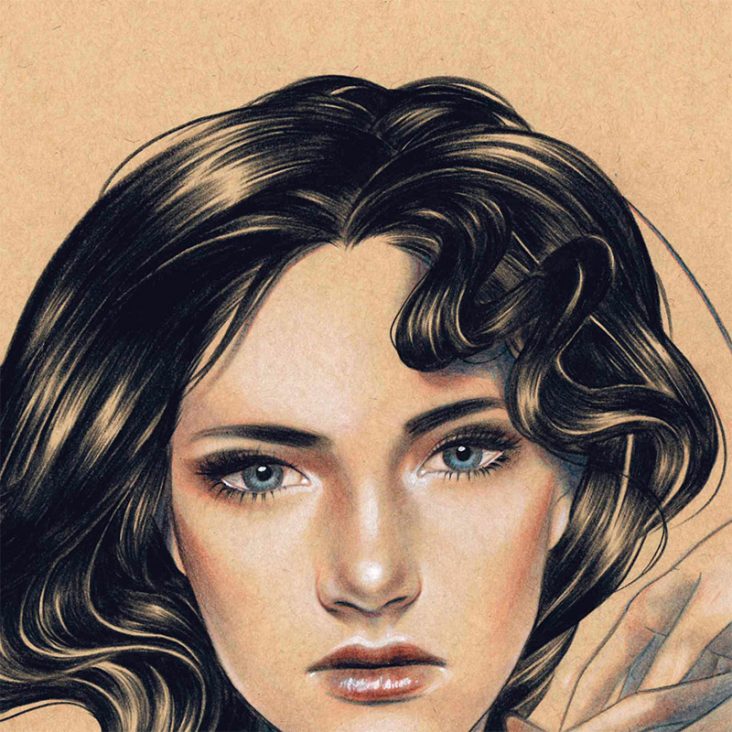
Philosophically, scientifically, it was simply mind blowing.” A couple years later, Stephen LaBerge, separately completed a similar experiment, and published it in 1980. The researcher, Keith Hearne, later said, “It was like getting signals from another world. The first evidence for lucid dreaming was there on the REM readout! On the morning of April 12, 1975, Alan Worsley became lucid and moved his eyes left to right eight times in his lucid dream, while other measures showed that he remained in the sleep state.

What if you brought a lucid dreamer into the sleep lab, put rapid eye movement (REM) pads on him to record eye movement, and told him to move his eyes left to right eight times when he became lucid? Since most REM patterns seem like random nonsense, a dreaming person who moves both eyes left to right eight times would definitely provide evidence for being ‘aware of dreaming’ and able to make conscious decisions while in the dream state. As a graduate student, Hearne wondered how you could provide scientific evidence for that claim – then he had a brilliant idea: In the mid 1970’s, he met a lucid dreamer, Alan Worsley, who claimed to become lucidly aware in his dream. Yes! Many people consider Keith Hearne in England, as the first researcher to provide scientific evidence for lucid dreaming. You can do a lot of amazing things in a lucid dream (if you know how). What do things feel like in a lucid dream? How does a banana taste in a lucid dream? You can compare the ‘dream world’ to the ‘waking world’. Then once you become lucid, you can make decisions about what you want to do (instead of just following the course of the dream). So in lucid dreams, they normally begin with a moment of critical awareness, where you realize that something seems “too dreamy”. How did I get to Paris?’ or ‘Wasn’t I driving a car?’ At that moment, you may accurately conclude, ‘I’m dreaming! This is a lucid dream.’ For example, you might be driving in Paris to your grandmother’s house, and suddenly think, ‘Wait a second, my grandmother lives in Miami. You lack critical awareness, and just follow the course of the dream.īut in a lucid dream, you normally have a moment where you notice, ‘Hey, this is too strange!’ and then become lucid. But since you are trying to get to grandmother’s house, you simply accept these changes as normal and natural. For example, let’s say you are driving a car in Paris, which then turns into a motorcycle, and a minute later, becomes a bicycle.
Lucid soul description how to#
How to move the SongKong database to a different d.Good question! Try to remember a recent dream.SongKong 3.23 now supports DSF audio fingerprintin.Use of Acoustids to match individual songs to Discogs when no match in MusicBrainz. Better identification and matching of Multi Disc releasesģ.

Easy option to set max file path lengthīetter Matching And now we have even better matchingĢ. Option to use JRiver compatible field for Album Artist for Flac/Ogg files.ģ. Ability to not modify Artist, Album Artist, Sort Artist, AlbumĪrtist, Composer and Sort Composer to help with Classical/JazzĢ.

New Options There are a host of other new features, including the following new options suggested by some of our PS Audio customers 1. DSF supports the ID3 metadata format, exactly the same as MP3 and AIFF files so this means we can store all the great same metadata including cover art as these other formats

SongKong supports audio fingerprinting, song identification and adding of metadata to the DSF format. This simple encoding can allow a better representation of the original analog sound, hence potentially better representation of the original analog recording. DSD is a PDM encoding of audio, essentially the audio can be seen as a stream of bits that can be on or off, the more ones in a row the greater the amplitude they represent. Perhaps most exciting is support for the DSF format DSF is the DSD format stored as a regular file with metadata support. This new release of SongKong has a a host of new features and improvements


 0 kommentar(er)
0 kommentar(er)
